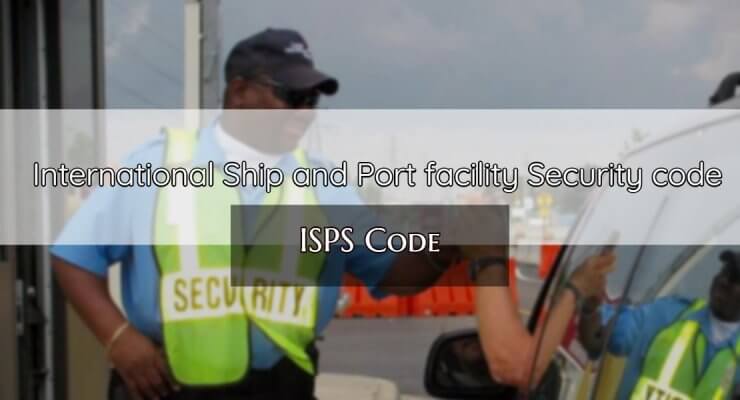Purpose The International Maritime Organization (IMO) states that "The International Ship and Port Facility Security Code (ISPS Code) is a comprehensive set of measures to enhance the security of ships and port facilities, developed in response to the perceived threats to ships and port facilities in the wake of the 9/11 attacks in the United States" (IMO).SOLAS chapter XI-2 part A and part B relates to special measures to enhance maritime security. In this context, the principles behind ISPS code is similar to the ISM code on board. ISPS code emphasizes the security of the persons on … [Read more...]
